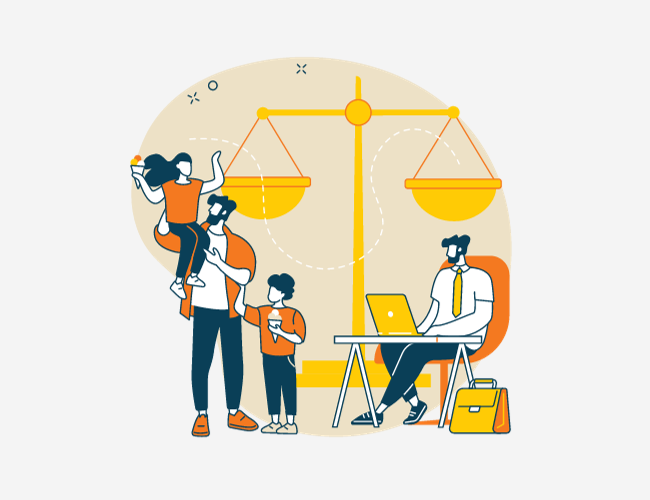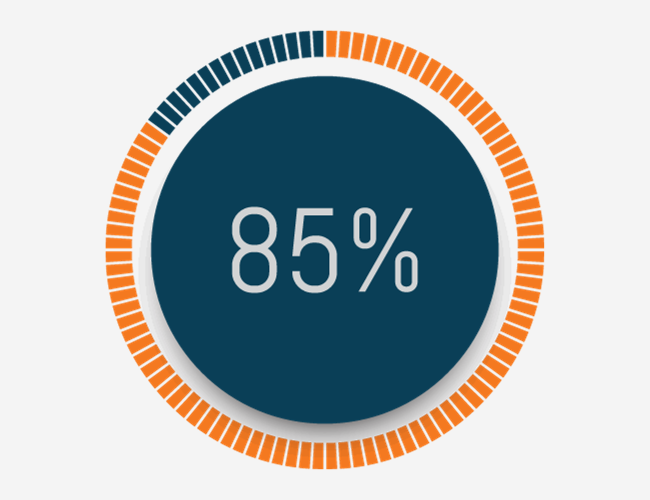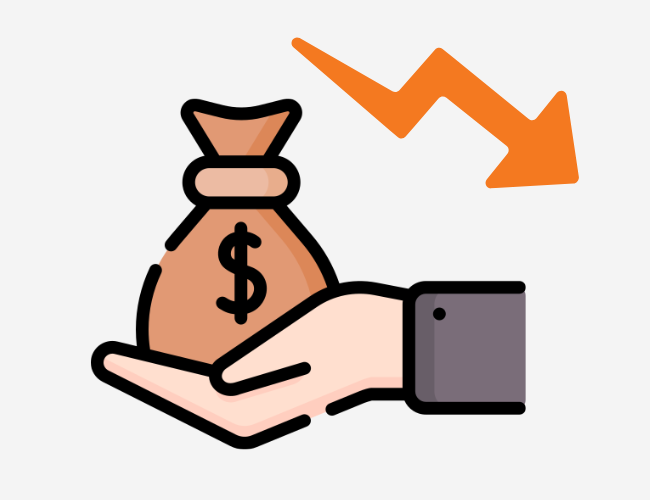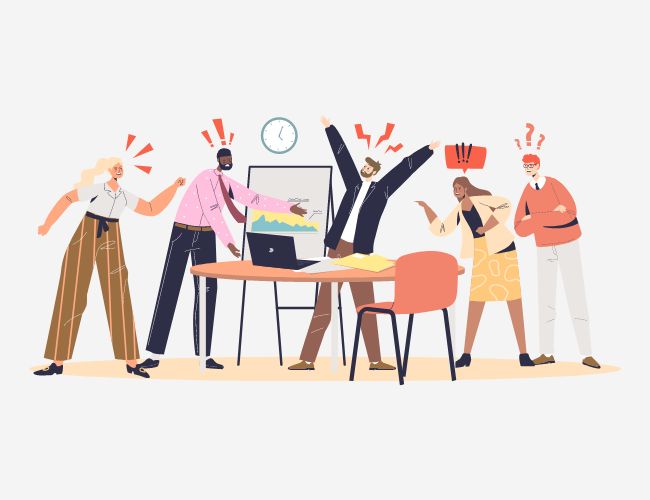A study published in JAMA Internal Medicine suggests that adding game elements to weight loss interventions can increase physical activity in overweight and obese participants.
The study followed 602 people over a 24-week weight loss intervention and 12-week follow-up period. Participants were placed into four groups: (i) control, (ii) support, (iii) collaborative, and (iv) competitive. All of the participants wore an activity tracker integrated with a smartphone app to monitor activity levels.
In the support group, participants’ family and friends were sent weekly progress reports to update them on the participant’s progress. The collaborative group was split into smaller groups of three, and each day, one member of the smaller group would be selected to keep other members accountable to meeting daily activity goals. Competitive participants were also split into teams of three, but each member was given points at the beginning of the week. Points were deducted for inactivity, and each team member would level up or down at the end of the week.
At the end of the 24-week intervention, the support, collaborative, and competitive groups had all consistently recorded more activity than the control group. However, the competitive group had the greatest increase in physical activity over the course of the intervention.
In the 12-week follow-up period, the competitive group continued to outperform all of the other groups. The support and collaborative groups did not significantly outperform the control group in the follow-up period.
“Gamifying” Employee Wellness
This study supports what many engagement experts have suspected for some time—adding gaming elements to programs or initiatives can increase participation. According to the study’s author, Dr. Mitesh Patel, “gamification is the use of game design elements, such as points and levels in nongame contexts, and is increasingly being used to promote healthy behaviors.”
The trend toward “gamification” in a variety of arenas shows promise for companies looking to increase participation in corporate wellness programs. While Wellable does not support employer-sponsored weight loss programs, there are still some good takeaways from this study and others like it. Gamification has the potential to strongly impact engagement and performance in employee wellness programs and greatly influence the efficacy of the programs.
The Science Behind “Gamification”
Gamification is spreading rapidly across industries, and research is starting to provide support for the idea that when goals are gamified, people participate at greater rates and end with better results.
But why does it work?
In short, dopamine. This neurotransmitter in the human brain is activated anytime someone achieves something positive or receives some kind of reward for behavior. It’s a naturally occurring “drug” that increases feelings of well-being. When actions trigger the release of dopamine, the brain and body understand the feelings of well-being as a reward for the action. In other words, good behavior triggers a release of dopamine and dopamine increases feelings of well-being, which makes our brains desire a repeat of the same action to get another reward. Scientists call this the “brain reward pathway.”
Structuring For Success
Gamification isn’t quite as simple as just putting incentives or points in front of people and expecting them to jump in, however. In order to maximize the potential success of your program, keep the following tips in mind:
- Create measurable goals: Be sure goals are clearly defined, measurable, and attainable.
- Leverage goals people already have: It’s easier to get people to participate in something they already want to do than to convince them to aim for a new goal.
- Use microgoals: Be sure there are small rewards at various points along the way to support reward pathways.
- Make it social: One key aspect of competition is that it’s social by nature—everyone sees what others are doing. As the study reveals, rather than hurting success, competition can actually make success more likely.
- Keep it simple: Simple rules and structures will be far more likely to improve participation.












